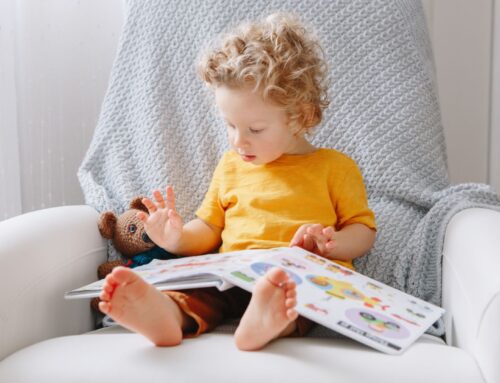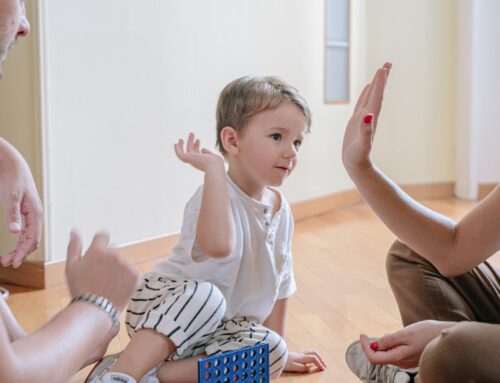By Emma Thomas Full-time mum of a one-year-old, part-time blogger and writer, with a background as a Kindy Teacher/Director
As the mum of a one-year-old, I thought I would have a bit more time before the ‘terrible twos’ hit but I am starting to see glimpses of it already. From my experience, as an early childhood teacher, I know that tantrums, meltdowns and big feelings are part of early childhood but it’s still hard when it’s my daughter who is throwing her hat off or starts screaming when I pick her up to go inside!!
So this blog is for me – but I’m hoping it will help you as well.
Making space for feelings
Our children have LOTS of feelings! And fair enough, their worlds are often busy and confusing, and usually being run by someone else. We can’t control anyone else’s feelings, and definitely not a young child’s. When we make space and accept feelings children tend to express themselves and then move on.
Sometimes our children need time to get the feelings out of their system. The might need to cry, run, shout or hit things. Our job as parents is to give them a safe space (physically and emotionally) to express themselves! Take them outside if they need to scream or run. Give them a pillow if they want to hit.
‘Teacher Tom’ put it nicely when he says “I’ve learned that the goal is not to “finish” the cry quickly, but rather to finish it completely.”
Acknowledge feelings without compromising, distracting or fixing
When our children are expressing their feelings through loud words or dramatic actions we need to acknowledge them. Sometimes children just need to be heard.
When you acknowledge your child’s feelings you don’t need to negotiate or change what you have said. You simply state what you see happening, and if needed give your instruction again. For example, if your child is throwing a tantrum about leaving the park you might say ‘I can hear you are upset about leaving the park. We are going now.’
Janet Lansbury explains “Acknowledging isn’t agreeing with or condoning our child’s actions; it’s validating the feelings behind them.”
Choose your battles!
Does it really matter if your toddler wears a tutu and gumboots? Some days you’ve only got so much fight in you, so save it for the things that matter, like holding hands in the car park!
Is this age-appropriate behaviour?
Ask yourself – ‘is this age-appropriate behaviour?’. It often is! And although it won’t make the tantrum better adjusting your perspective changes how you feel.
Consider the way you think
Sometimes we need to reframe our thinking. Instead of looking at our child as being deliberately naughty we need to ask ourselves – are they overwhelmed, tired or hungry? Has there been a big change in their life? Or are they working on a new level of independence?
Look for the trigger behind the behaviour
As parents, we need to put on our detective hats. When are most tantrums or challenging behaviour occurring? If you can identify common triggers than you can find solutions before a tantrum even begins!
Pause and breathe
No matter what you do there will be moments where your child is expressing ALL of their feelings loudly in the middle of the shops. Maggie Dent recommends putting your hand on your heart and taking a deep breath. This gives you a moment to think before you react and also reminds you that you love this little person (even if they are currently screaming).
I hope these tips help you to navigate some of the tricky situations that our children put us in!









